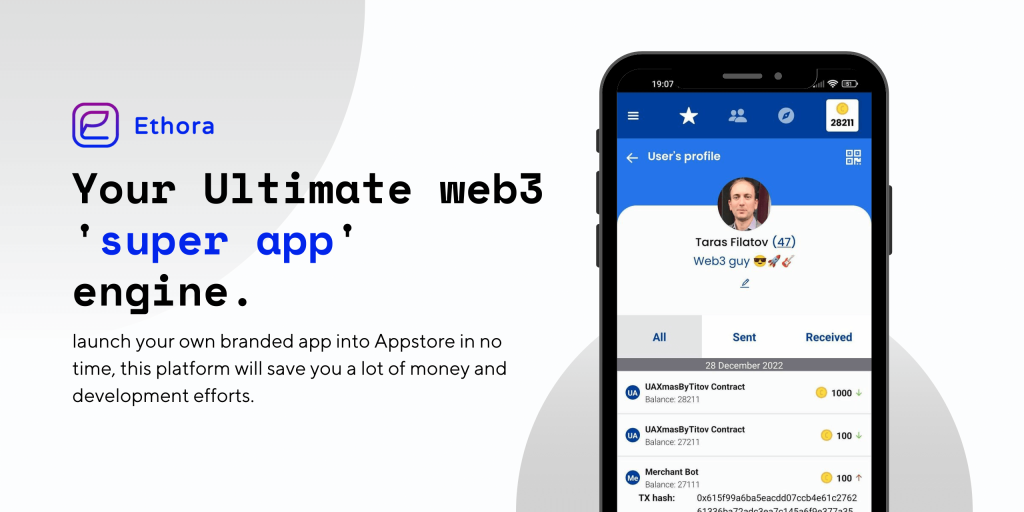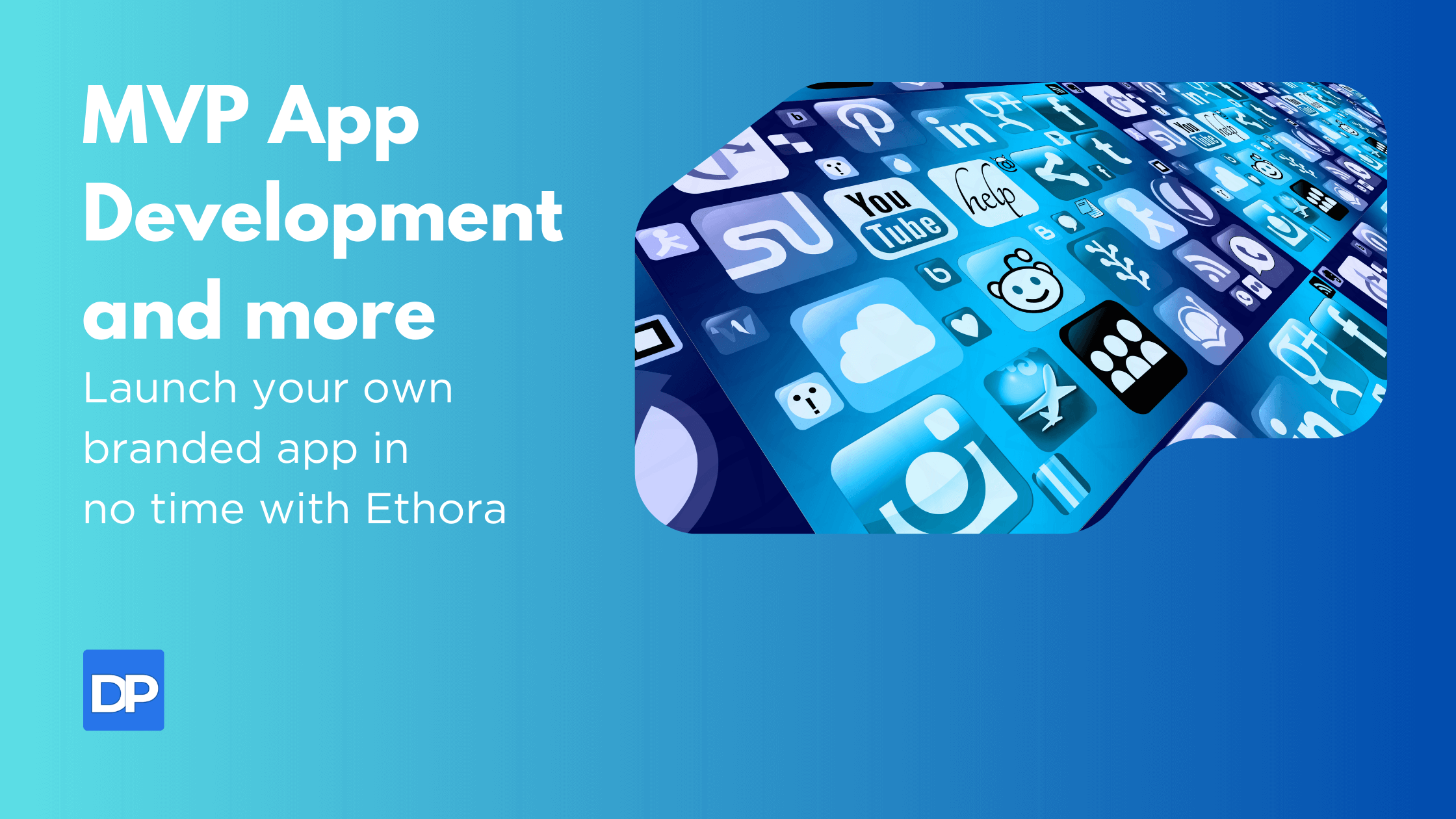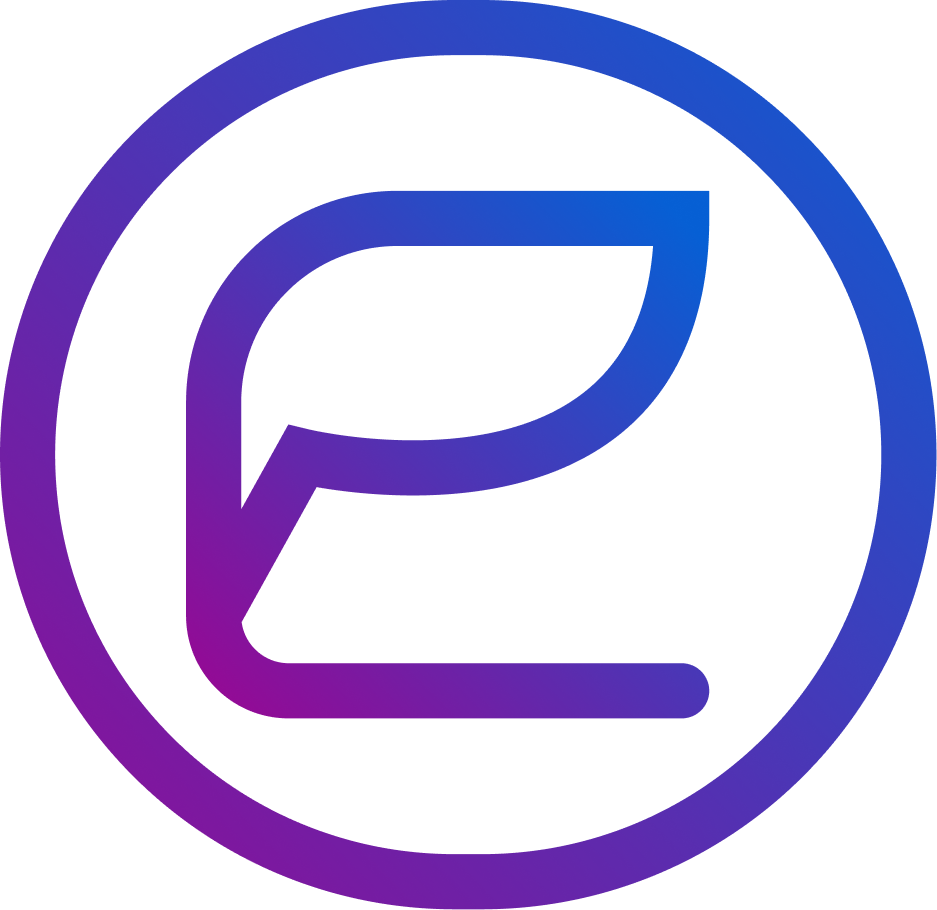Top Web3 and Web2 apps started as an MVP before becoming a technology giant. For example, OpenSea, MakerDAO, Uniswap, Mercurial, Dropbox, Twitter, Facebook, Amazon, Airbnb, and more. If you haven’t been following this golden standard for app development in Web3 and Web2, this is a must-read article for you.
As the minimum viable product (MVP) definition says, it’s a minimalistic form of the original app development idea. It contains all primary and revenue-generating features and is suitable for public launch.
For example, you’ve got a DeFi app idea to allow users to maximize the yield and utility of their digital assets on Ethereum. You also plan to include asset stacking, subscriptions, wallet services, etc., as additional services. When you develop a functional app that successfully delivers on the core service, that’s the MVP of your DeFi app.
Disadvantages of Not Using an MVP App
Here’s why you shouldn’t ignore MVP app development:
- When you don’t make an MVP you miss getting feedback from the target audience early on. This can make the final product not what users want or expect.
- Making a whole app without an MVP usually takes more time and resources. It makes the development process longer and delays go-to-market.
- If you don’t test the basic idea of the app with an MVP, you might end up wasting time and resources.
- Without testing the main parts of the app with an MVP, you might spend time and energy adding features that users don’t really need or want.
- If you make a whole app without starting with an MVP, it’s tough to change direction based on early feedback or what the market wants.
Benefits of MVP Approach in App Development
Here’s why the successful Web3 and Web2 app development projects always include an MVP stage:
- It helps you validate app ideas with MVPs if people want your app without spending too much time and money upfront.
- When you make an MVP, you can quickly see how users interact with it. You learn if people are interested and what they do with the app.
- MVPs let you make changes to your app based on user feedback in the MVP app. This helps you to improve the app further to add additional features.
- Also, feedback from users during MVP development helps you find problems and fix them.
- Most technology startups use MVP apps to attract investments from top investing agencies.
MVP App Development Process Explained
Find below the key steps in creating an MVP App:
Idea Validation and Market Research
You must ensure your app idea is solid and that there’s a real need for it in the market. This step would include the following sub-steps:
- Figure out who would use your app
- What problems do the target audience have
- Checking out other similar apps
- Make sure people actually want what you’re offering
- Creating a plan to onboard new users via rewards or other persuasion techniques
Defining MVP Objectives and Features
You must decide what your app should do from start to finish. Pick the most important features that solve the main problem of the target audience. This keeps things simple and saves money.
Designing the UI and UX
Draw out sketches and models of your app to see how the app works and looks. Ensure it’s easy for the target audience to figure out and use its features and functionalities. Keep tweaking it based on what people say and how they use it.
Developing the MVP
You should begin with the basic parts of the app which must include the core functionality, the one that will earn revenue for your brand. Also, break down the work into smaller tasks and use methods like Scrum or Kanban to stay organized.
Test your app as you progress through the MVP development phase and keep improving it.
Testing and Gathering Feedback
Test your app really well to find bugs, bottlenecks, and user issues. Let a small group of people try it out and collect feedback from them.
Use what the users say to fix any issues and make the app better. You could also set up virtual conferences with a few test users to see in real-time how they interact with the MVP app features.
Iterating and Refining
In this phase, pass on the feedback collected from the beta users to the development team. As the developers fix bugs and add functionalities, send over the app to the focused group of users for testing. Repeat this a few times to ensure the core features function in product-ready performance.
Launching the MVP
You can now submit the app to the App Store and Google Play for publishing in the respective app libraries. This phase opens the MVP to the open market so anyone can use the app and submit feedback through the app store review system.
In this phase, you’ll also explore the actual revenue potential of the mobile app so you can plan further investing time and money.
Best Practices for MVP App Development
Find below the best practices of MVP development that top mobile app brands follow:
- Focus on MVP App Success Factors: Before you build, identify the core functionalities that will validate your app idea and resonate with users.
- Rapid Prototyping for MVP Apps: Create a low-fidelity, interactive version of your app to gather early user feedback and refine your design.
- MVP App Testing and Refinement: Rigorously test your MVP with real users to identify bugs, usability issues, and areas for improvement.
- Prioritize Features Aggressively: Only include features in your MVP that are absolutely essential to solving the core user problem.
- Embrace Agile Development: Break down development into sprints to deliver a functional MVP quickly and adapt to user feedback through iterative updates.
- Get User Feedback Early and Often: Integrate user feedback mechanisms into your MVP to continuously learn and improve your app.
- Keep it Simple: Prioritize a clean, intuitive user interface (UI) and user experience (UX) for your MVP.
Strategies for Building MVP Apps
Here’s the best strategy you can follow to create your MVP app development project plans:
Validate Your App Idea First
Conduct thorough market research to see if there’s a real need for your app and who your target audience is. Also, you must research competing mobile apps to find user pain points and include those as core features in your MVP.
Iterative MVP Development Cycle
You must take the MVP app through multiple iterative development phases to include the best and most necessary core features in the market segment you’re competing for.
MVP App Features Prioritization
Focus on the core functionalities that solve your user’s main problem. Don’t bloat the MVP with unnecessary features. It’ll also enable you to complete the MVP development project within the budget.
MVP App Analytics and Performance Tracking
Track user behavior within the app to identify areas for improvement and measure success. If you notice a pattern of increased use of certain app functionalities or areas, focus on those for the next development phases.
Figure out how you can add CTAs and other marketing tactics to those screens to increase sign-ups and revenue.
MVP App Development With the Ethora Super App

By now, you must have understood how important and beneficial it is to create an MVP for your Web3 or Web2 mobile app development. Besides validating your startup mobile app idea, you can also figure out how profitable the app could be and invite investors to leverage revenue potential.
Since MVP app development is the initial stage of a production-ready app you might want to start with the best foundation of apps. One of the best options you can go with is the Ethora super app.
It comes with a low and no-code approach. You can develop an MVP of a Web3-powered Web2 app or Web3 DeFi app in no time yourself or with the help of one or two app developers. Or, you can contact the Ethora engine development team to discuss your MVP development needs.


